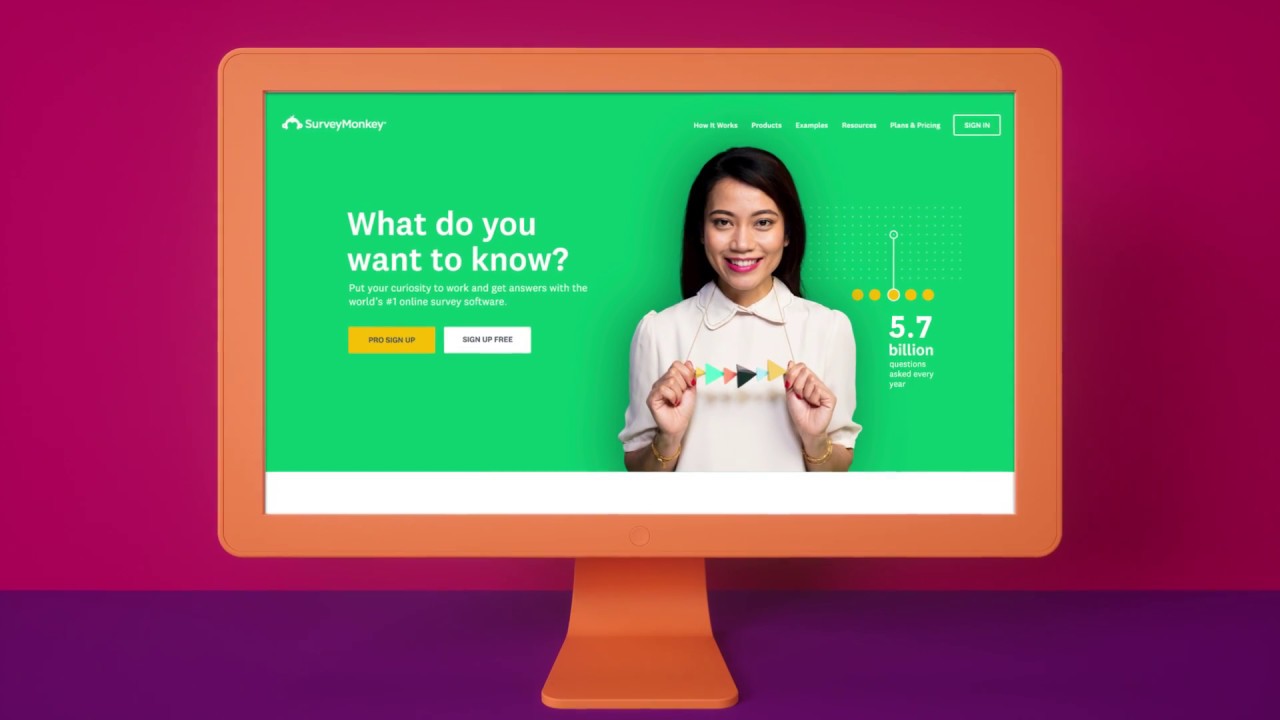Would you rather watch a one-minute video about a new product or read long blocks of texts describing it?
You’d rather watch it if you’re like most people. After all, they are fun and engaging to watch. That’s why product demo videos are potent sales and marketing tools. They can showcase your products effectively and entice your audience to take immediate action.
What Is A Product Demo Video?
A product demonstration or demo video aims to educate your target audience about how your product works and how people can use it. It’s a great way to convey your product’s value to potential customers by showing how your products can address their burning issues.
When done right, they can improve your audience engagement, sign-ups, conversion rates, etc.
What Is Your Demo Video Strategy?
Like any marketing or sales initiative, you need to develop a sound marketing strategy before you start recording your demo.
What problem are you solving for your potential customers? If you’re making a high-level demo video, what questions do viewers ask about your product? What is most unclear about what you sell?
Answering these questions will help you determine the crucial points you must cover in your product demo video. Digital communication is in trend, and what can be better than starting immediately at Dadan.io?
Tips For Recording Demo Videos

The best ones will do more than walk the audience through how a product works. A quality one will also cover how the viewers’ problems are solved, so they are compelled to act after watching the video.
Follow these tips to create excellent videos.
1. Set Clear Goals
Before diving into your filming process, determine your goals and the actions you want your audience to take.
Do you want them to sign up for a new account, book a call, or use your discount coupon? You need to be clear about your goals so that when you create your videos, everything is aligned towards directing your viewers to take the correct type of action.
2. Identify The Key Product Features To Discuss
Create a list of all your product’s or service’s features and pick the ones to highlight.
For instance, if you’re selling vacuum cleaners, you should highlight their five pieces of detachable nozzles, long battery life, compact size, and easily removable filter.
A single one shouldn’t cover all the features of your product. Otherwise, it’d be too lengthy and overwhelming. Highlight the top features your audience is looking for, then emphasize how they can help make their lives better.
3. Include A Storyline

You can’t go wrong with a good story since it can stir your viewers’ emotions, influencing them to take immediate action after watching your demo video.
Come up with a story that your audience can relate to. Something they’ve gone through themselves, so the story resonates well with them. For example, suppose you’re selling software that helps product managers improve team collaboration. In that case, your story can be about how a particular product manager completed his project in half the time it usually would because of your software.
4. Please Keep It Simple
A compelling one doesn’t have to be overly scripted or require over-the-top setups.
Make a product demo video that is natural, easy to understand, and highly relatable.
Your product demo videos should feature your products and how your audience can benefit from them. Adding too many animations or effects could distract (or annoy) your audience.
5. Ensure Proper Lighting And Audio
Your viewers need to see and hear to appreciate your offer fully. You need to give them the best possible experience when watching your videos. If they need to squint or lean closer to their device to hear your audio, there’s a good chance they’ll lose interest and click away before they finish watching your demo video.
Invest in the right equipment to ensure proper lighting and audio. You can outsource demo video production to professionals to get your needed quality without buying the equipment.
6. Host An Engaging Demo Video

The most important thing when filming is to engage the audience members. This is when you can finally forget about all the potential customers you’ve marketed to and focus on the people logged in to your demo.
Make sure to speak, give concise answers, and use visual examples to demonstrate your points. Tell your audience what to expect at the beginning with a loose itinerary, so they know if and when they can ask questions, how long the demonstration will take, and what they can expect to learn.
It’s best to incorporate question-and-answer periods into the demonstration rather than providing one chunk of time in the end. This keeps the audience engaged and looking forward to the next section of your demo.
Chat with the audience using the chat function of your platform, and make sure to ask for plenty of participation using the tools available.
Remember that you can keep all this data after your demo ends, so incorporate strategic questions and polls.
7. Follow Up After Your Product Demo Video
Following up afterward is the most crucial step in hosting a great demo. While plenty of people will attend, only a portion will convert that attendance into a purchase. Following up after the demo puts your product back in the attendees’ minds and gives them another opportunity to buy or sign up.
Your follow-up communications should give access to the product demo video they just watched. It should also include registration for another event, sign-up for a newsletter, links to your blog, or forms to begin purchasing the product.
Turn Your Product Demo Video Ideas Into Reality

If you don’t have the time to create the videos personally, you can always hire video production professionals to make them for you.
Leverage the power of outsourcing by working with skilled freelance video creators from across the globe.









